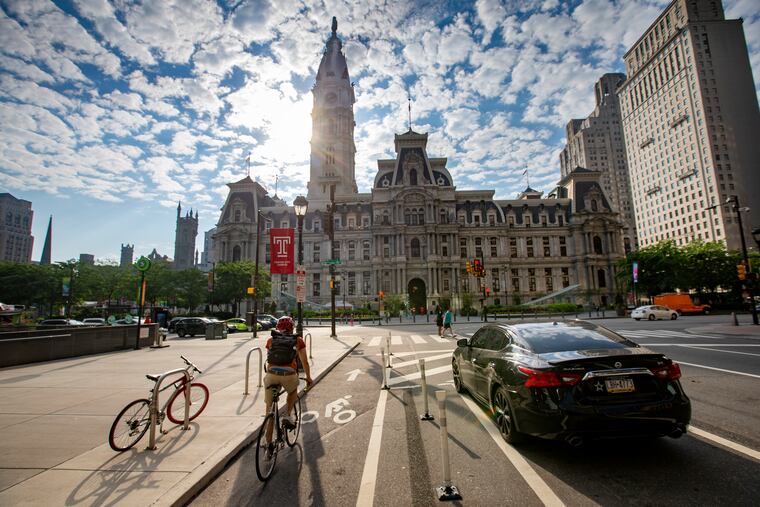Philly’s redistricting should get us closer to one district, one councilmember | Opinion
City Council has the opportunity to plan for a robust public engagement process in the fall.

When City Council returns in the fall, it will be faced with one of the most politically fraught and important duties required of the body: redrawing the 10 councilmanic district lines. Under the Philadelphia Home Rule Charter, Council has six months after publication by the United States Census Bureau to enact redistricting legislation. With Census redistricting data expected to be released by the early fall, the clock will soon start ticking for Council to redraw the lines ahead of the 2023 municipal election.
Legally, there are two basic requirements that Council must meet. The districts must be contiguous and must contain relatively equal (within 10%) populations. In a city where democrats outnumber republicans by about an 8 to 1 margin, local redistricting might not seem as important as that at the state or federal level which can swing party majorities. But party identity isn’t the only representation that has the potential to be impacted by redistricting. Redistricting in America has long been a tool used to disenfranchise Black and brown voters and to deny them representation.
» READ MORE: Injustice will grow if Pa. redistricting isn’t rooted in equality | Opinion
In Philadelphia, the 2001 City Council map was drawn in a way to purposefully split Latinx communities, resulting in the 7th District becoming perhaps the most gerrymandered district in America, per 2016 data. It was the leadership of Councilwoman Maria Quiñones-Sánchez in the 2011 redistricting process and the threat of a Mayoral veto that finally fixed one of the most egregious examples in the country of vote “cracking.” Vote cracking occurs when maps are drawn to spread either a party or a constituency across multiple districts, preventing them from becoming the majority vote in a district. With a growing immigrant population, including AAPI communities in South Philadelphia, a fair and public redistricting process is important to guarantee meaningful representation in city government.
Neighborhoods also have an opportunity to consolidate their representation in a single Councilmanic district. Individual neighborhoods in Center City, the River Wards and the Southwest are represented by multiple district Councilmembers. This can be confusing and complicated for residents and neighborhood associations seeking constituent services, weighing in on zoning or in advocating to their elected officials. Redistricting is a chance to at least get closer to one neighborhood, one district Councilmember.
The upcoming redistricting process could prove to be one of the most drastic and disputed map drawing processes in recent years. Philadelphia has undergone significant population shifts since the last Census. Not all neighborhoods have gained and lost population proportionally. West Philadelphia, Northwest Philadelphia and parts of the Northeast have experienced significant population loss, while Center City, the Riverwards, and South Philadelphia in particular have experienced growth.
» READ MORE: What to watch as Pennsylvania loses a congressional seat: ‘The stakes are really high’
The existing process is opaque and by its very nature, political. It is one that usually takes the form of direct negotiations between contiguous district Councilmembers. Council is required by the Home Rule Charter to hold only a single public committee hearing in order to give approval to the proposed lines before a final vote. However, by the time that committee hearing is scheduled, Councilmembers have usually already reached an agreement.
After its last session meeting June 24, after which it recesses for the summer, City Council has the opportunity to plan for a robust public engagement process for redistricting in the fall. Allowing community groups and constituencies a chance to weigh-in prior to negotiations is a critically important step to building confidence and public trust in the process. Prior to the pandemic, Council held neighborhood budget hearings to allow a forum for residents to weigh in. I urge them to consider doing the same before the ink is set on our new municipal district maps.
Lauren Vidas is an attorney who formerly served in the Mayor’s Office during Michael Nutter’s administration. She lives in South Philadelphia.